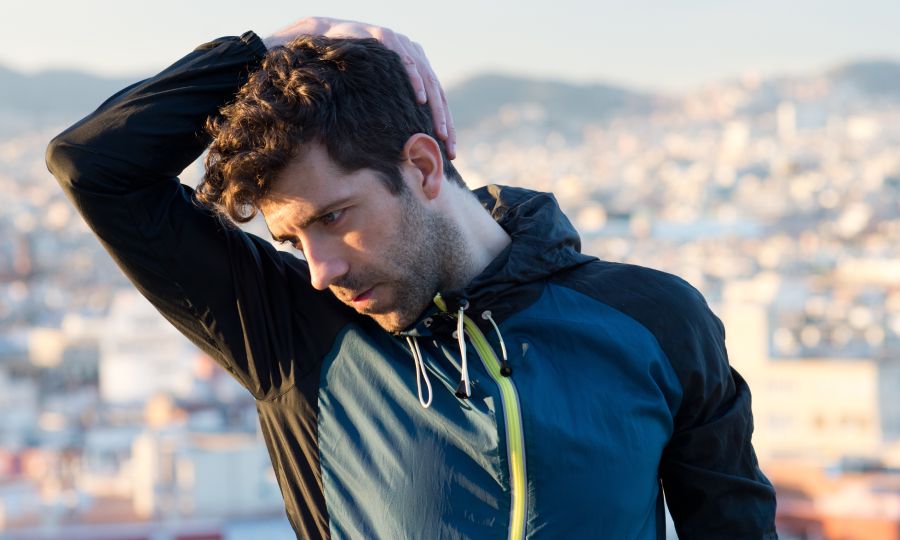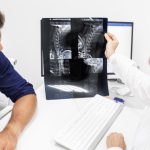If you have neck pain, you may benefit from working with a physical therapist to help decrease your pain and improve your neck range of motion. Your physical therapist can show you how to adjust your posture to keep your neck in the optimal position, and gentle stretches may be prescribed to improve mobility and decrease muscle pain.
:max_bytes(150000):strip_icc():format(webp)/GettyImages-520971063-f65b52920ee64751bc306acf0dbfaea5.jpg)
A sore and stiff neck is often experienced by people first thing in the morning as well as at the end of a long workday. Gentle stretching exercises can help alleviate the aches associated with tight muscles of the neck region. These stretches should be performed upon waking as well as during breaks at work.2 The exercises below utilize self-assistance to obtain a more efficient stretch. Movement should be stopped when a gentle stretch is felt. If any sensation such as arm tingling, numbness, or pain is experienced, the exercise should be discontinued.
SET OF EXERCISES №1 FOR THE CERVICAL SPINE. INITIAL STAGE OF RECOVERY
For additional information about the exercises for the Cervical spine you can watch a video demonstrating exercises and rehabilitation recommendations.
Neck Extension
- Slowly pull your head back and tuck your chin. This places your head directly above your shoulders. This exercise can be completed without the chin tuck as well.
- Slowly tilt your head back looking up at the ceiling.
- Gently rotate your head back and forth about three or four times. Your head should only turn slightly. This helps to bring your neck all the way to end range.
- Stop when a stretch is felt in the muscles in the front of your neck.
- Hold for a count of 10.
- Repeat 5 times.
The exercise can be completed in a sitting or standing position, but you should stop the stretches if you begin to feel dizzy. You also can consider doing them during and after a hot shower, which can add the benefit of increased heat.
SET OF EXERCISES №2 FOR THE CERVICAL SPINE. MID STAGE OF RECOVERY
Neck Flexion
- Slowly tuck your chin and look down at your toes.
- Place one hand on the back at your head and gently assist this motion.
- Stop when a stretch is felt in the muscles in the back of your neck.
- Hold for a count of 10.
- Repeat 5 times.
Neck Rotation
- Slowly turn your head and look over your left shoulder.
- Place one hand on your right cheek and gently assist this motion.
- Stop when a stretch is felt in the muscles on the right side of your neck.
- Hold for a count of 10.
- Repeat the steps above in the opposite direction.
- Repeat 5 times.

Side Flexion
- Slowly tilt your left ear down to your left shoulder.
- Place one hand on your right ear and gently assist in this motion.
- Stop when a stretch is felt in the muscles on the right side of your neck.
- Hold for a count of 10.
- Repeat 5 times.
- Repeat the steps above in the opposite direction.
Keep in mind that it takes a few weeks to see some benefit from the stretching. Stick with the exercises daily for the best results.3
Summary
Taking the time each day to stretch your neck can keep your muscles moving freely and may prevent pain or loss of mobility in your neck. Check-in with your physical therapist, and learn which exercises are best for your specific condition.





